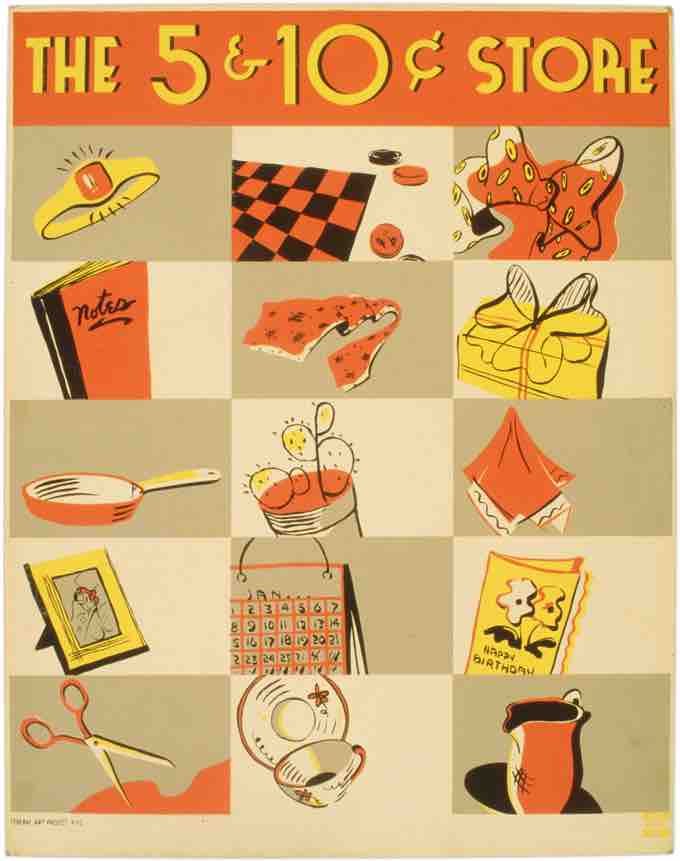Line pricing is the use of a limited number of prices for all the product offerings of a vendor. This is a tradition started in the old five and dime stores in which everything cost either 5 cents or 10 cents . Its underlying rationale is that these amounts are seen as suitable price points for a whole range of products by prospective customers. It has the advantage of ease of administering, but the disadvantage of inflexibility, particularly in times of inflation or unstable prices.

Traditional five and dime stores
Traditional five and dime stores followed a line pricing strategy, where all goods were either 5 cents or 10 cents. The dollar store is a modern equivalent.
Line pricing serves several purposes that benefit both buyers and sellers. Customers want and expect a wide assortment of goods, particularly shopping goods. Many small price differences for a given item can be confusing. If ties were priced at $15, $15.35, $15.75, and so on, selection would be more difficult. The customer would not be able to judge quality differences as reflected by such small increments in price. So having relatively few prices reduces this kind of confusion.
From the seller's point of view, line pricing holds several benefits:
- It is simpler and more efficient to use relatively fewer prices. The product and service mix can then be tailored to select price points.
- It can result in a smaller inventory than would otherwise be the case. It might increase stock turnover and make inventory control simpler.
- As costs change, the prices can remain the same, but the quality in the line can be changed. For example, you may have bought a $20 tie 15 years ago. You can buy a $20 tie today, but it is unlikely that today's $20 tie is of the same fine quality as it was in the past.